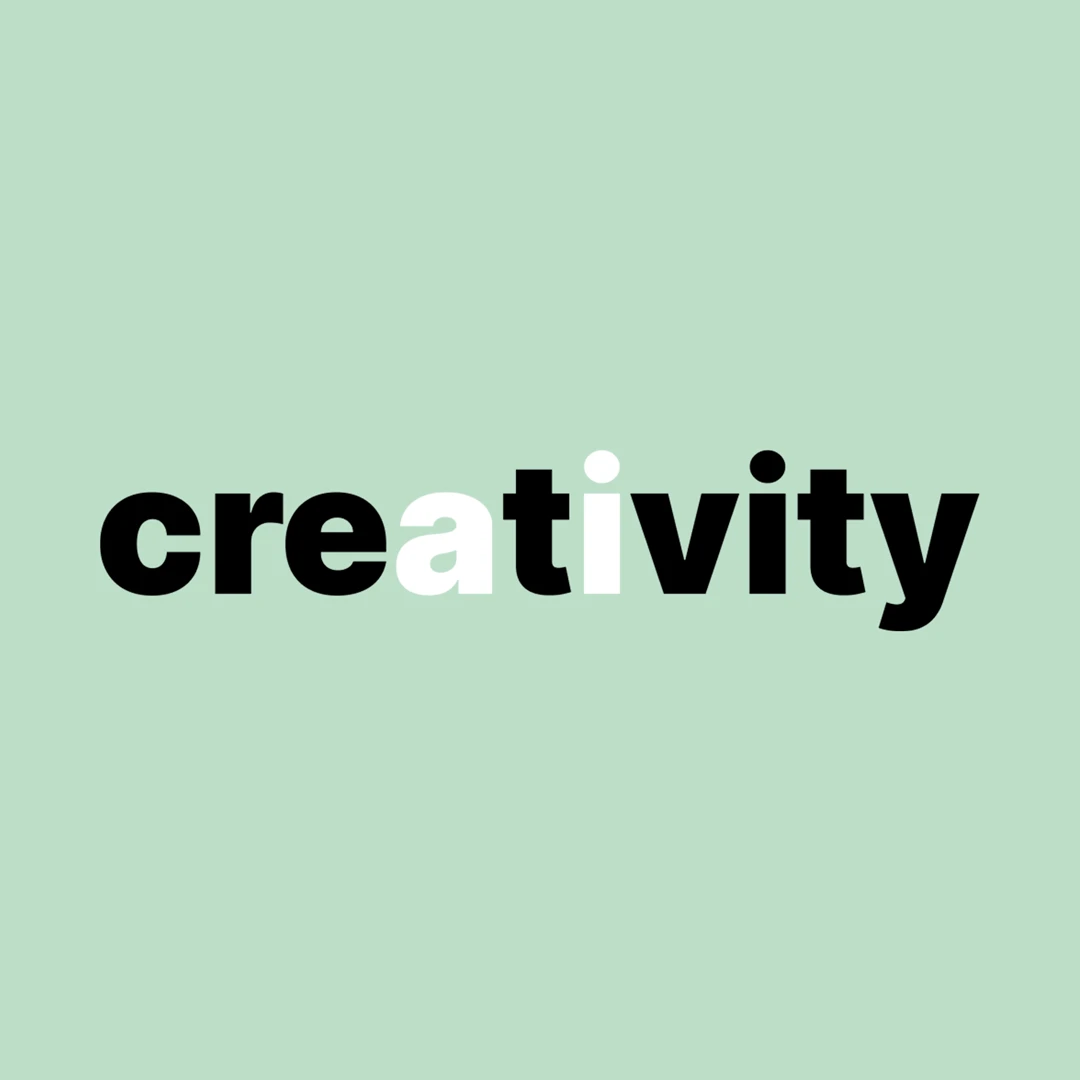
Web Development Trends to Watch in 2024
As technology continues to evolve at a rapid pace, so too does the world of web development. Looking ahead to 2024, there are several emerging trends that web developers, businesses, and tech enthusiasts should keep an eye on. These trends reflect a push towards more user-friendly, accessible, efficient, and personalised web experiences, as well as an increasing focus on sustainability and the role of AI in web development.
1. The Rise of Container Queries
One of the potentially transformative developments in web design is the rise of container queries. This new CSS feature allows developers to apply styles to elements based on their container’s size, as opposed to the size of the viewport or the document. This change is significant because it enables more modular and reusable components. Developers will no longer rely on global breakpoints to determine when to apply styles, saving time and resources. More importantly, container queries will make it easier for developers to design responsive and adaptive layouts that work seamlessly on various devices and screen sizes.
2. The Power of the Subgrid Feature
As we move into 2024, we expect to see more developers leveraging the power of the subgrid feature in CSS. This nifty tool allows web developers to create grid layouts across parent grids and their children, leading to more flexible and powerful grid layouts. With subgrids, developers can create nested grids that adapt, align seamlessly, and respond more responsively.
3. The Decline of Outdated Browsers
The decline of outdated browsers, such as Internet Explorer and older versions of iOS Safari, signals a shift in web development. Developers now have fewer users to support on browsers that don’t support modern features, allowing them to more safely implement new technologies and techniques, like container queries, without worrying about compatibility issues for users stuck on outdated browsers.
4. The Importance of Accessibility
Accessibility is set to become even more crucial in web development. As the importance of inclusivity in the digital world gains recognition, more sites and applications will include accessible features like high-contrast text, keyboard-navigable elements, and video captions. In addition, the public sector will also improve its web accessibility, spurred by new Web Content Accessibility Guidelines (WCAG).
5. Sustainable Web Development
As the world continues its fight against climate change, web development is moving in a more sustainable direction. This includes data compression and deduplication, edge and cloud computing, efficient data management strategies, and reducing unnecessary data collection. These practices not only help to cut CO2 emissions but also contribute to more efficient and faster web experiences.
6. Improved Web Performance and Page Speed
As average fixed broadband speed increases, developers, browser vendors, and technology companies will continue to focus on making the web faster and more efficient. For instance, browser vendors like Google and Mozilla are introducing new features such as WebAssembly, which executes code written in other languages at near-native speed inside web browsers. This push for speed is yet another step towards improving user experience and accessibility.
7. Advancements in Chatbot Technologies
The increasing use of natural language processing (NLP) and machine learning (ML) technologies is expected to revolutionise chatbots, making them more “human-like”. These advancements could lead to more conversational and engaging interactions between users and chatbots, improving the overall user experience and providing more personalised service.
8. The Growth of Generative AI
Generative AI is set to become more prevalent in the digital space. This technology can be used for various tasks, such as generating large amounts of content, improving web accessibility, optimising web performance, and creating personalised user experiences. For example, a generative AI model could write hundreds of generic product descriptions on an eCommerce website, creating alternative versions of text and images for easier accessibility, identifying and removing unnecessary elements that affect web performance, and tailor the content, layout, and design of a website based on a user’s unique preferences.
In conclusion, the trends in web development in 2024 are driven by a push towards greater accessibility, improved performance, sustainability, and personalisation. They also underscore the increasing role of AI in shaping the future of the web. As these trends evolve, they offer exciting opportunities for developers, businesses, and users. Accent can ensure we are equipped with the latest tools and techniques to create compelling and user-friendly digital experiences by staying abreast of these developments.

Article by DAVE
Related posts
Empowering Teams Through Learning
Think about the last time you picked up a new skill. Were you amazing at it right away? Or did you m
Creativity for Creativity’s Sake
AI is rapidly advancing, and creatives across various fields are grappling with the question of how
Generative and Retrieval AI: A Modern-Day Librarian’s Tale
In recent months, the media has been somewhat obsessed with artificial intelligence (AI) and its tra



